How to fish for mullet: guide to fishing for mullet
Mullet fishing is one of the most sporting specialties that exist in the fishing scene. It is precision fishing, which requires a methodical approach both in terms of equipment, bait and rigs. It is among the most refined fishing that exists: light rods and reels, hairlines, small hooks and delicate bait are used.
A challenge often to the advantage of the undisputed king of the seas, which certainly represents a point of arrival for the advanced fisherman, and never a starting point. Today we will discover how to fish for mullet through a complete guide for fishing for mullet in its most common environments, such as the port or the reef.
The mullet or mullet: where it lives and what it eats
The mullet is a fish belonging to the mugilidae family (hence the name mullet) that lives in salty or brackish waters. Its distribution is very uniform along the Italian peninsula, so it is possible to fish it practically everywhere. It does not only live in the sea but, being a euryhaline (fish that also adapts to particularly low salinity levels), it also goes inside the mouths of rivers and even reaches over 30 km from them.
However, its fishing mainly takes place inside ports and from reefs, in areas with placid and not particularly fast waters. It lives both on the bottom and on the surface. The species that frequents the surface is called "skimmer mullet" or "golden mullet", while the species that is often found in depth is called "magnet mullet" or "bosega mullet". They have a very varied diet but feed mainly on fish waste, grass, organic material and invertebrates. Its meat is not very delicious, in fact it does not excel in flavour, but it is discreet and good to eat.
Equipment and rigs for mullet fishing
Mullet fishing is carried out with three tools: fixed rod, Bolognese rod and three-piece English rod. We will talk about the first two because they are the most used, or rather the most practiced. To fish for mullet you need to equip yourself with a long fixed rod such as a 7, 8 or 9 metre. Or, if you are a rod and reel lover, you can purchase a 6 or 7 meter Bolognese rod (particularly versatile sizes) to which you can combine a reel size 2,500/3,000 maximum.
The action of the rod must be soft, medium-stiff at most. This is relevant both to guarantee maximum fun during the recovery phase, and because it will be necessary to cast light lines, which will not exceed two grams in weight. There are two main rigs for mullet fishing: epaulette or torpille. The shoulder is made up of a crown of 8/10 pellets weighing 1 to 2 grams in total, arranged in a maximum of 20 centimeters of line, followed by the swivel and a double fork terminal of approximately 50/60 centimetres.
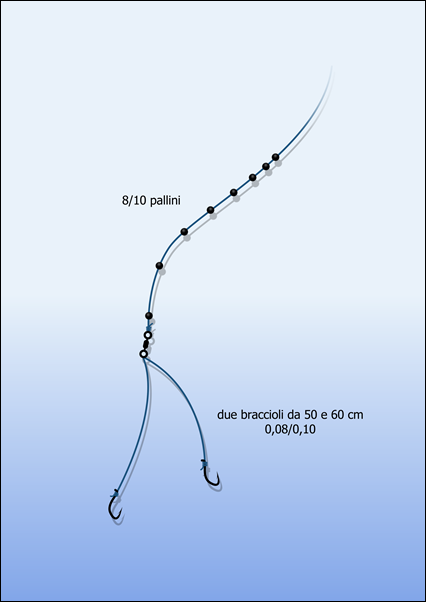
The line with the torpille includes, however, only the torpille stopped by the swivel to which a double terminal of 40/50 centimeters will be applied. In the diagram it is possible to learn more about the composition of the line to start fishing for mullet. The main line will be made up of a good 0.14/0.16 spool, while the terminals will have a diameter of 0.12/0.10/0.08. As far as hooks are concerned, it is good practice to use very small sizes, such as 16 or 18 with a long shank.
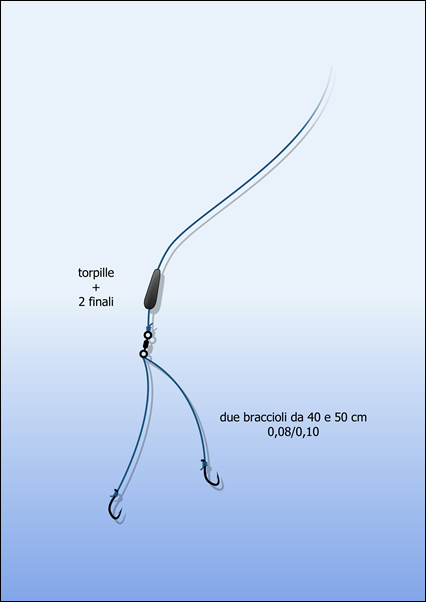
Pasture and bait
The mullet is not a solitary fish, on the contrary it loves to live in groups. Pasturing is essential to attract the large schools of mullet that go in search of food. A good quantity of groundbait, useful for a three or four hour fishing session, is composed of:
- 1 kg of mullet groundbait, preferably white and fine-grained and cheese-flavoured;
- 250 grams of breadcrumbs;
- An attractor cap for sea bait.
We could add a pinch of minced sardines or sardine oil to complete everything. The most suitable baits, however, are:
- bread;
- White bread;
- Genoese flaked bread;
- breadcrumbs;
- sardine fillet;
- ready cheese batter.
They must all be tested from time to time, because the yield depends a lot on the appetite of the mullet and on the eating habits which change from area to area. The pan trunk, however, turns out to be perhaps the best compromise between hook resistance and practicality. It should be wet, then wrung out, placed on a cloth and used in small "strips" baited on the hook.
Having fun fishing for mullet
Mullet fishing almost always takes place on the bottom. In port or from the reef, the mullet has the habit of populating the lower layers of the sea. After having probed properly, we will throw some balls of groundbait, we will bait the bread loaf or the batter and we will start fishing. The fish's bite is very particular: the float can sink suddenly, or it can "drop", i.e. lay out parallel to the surface of the water. The mullet often jiggles the hook, both because it is a suspicious opponent and because it does not have a very strong dental apparatus; it is not uncommon for him to suck the bait and then spit it out once he has smelled the deception of the hook.
Once the float has disappeared under the surface of the water, we will carry out a via ferrata and begin to fight the mullet with his majesty! It will try to wriggle free, hide in submerged obstacles, or it will dart out of the water giving a show of dives and somersaults. The rod, Bolognese or fixed, will bend beyond belief, and will contribute to tiring the fish. When it has stopped venting all its anger, the mullet will let itself go into the landing net. It will be up to us to unhook and release it, to help safeguard the sea and thank the prey for giving us a bit of fun, away from the daily routine.

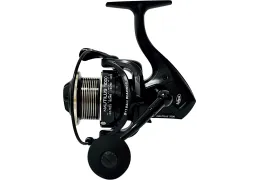
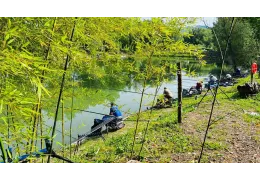

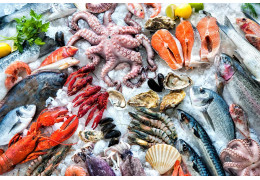
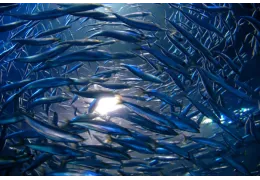
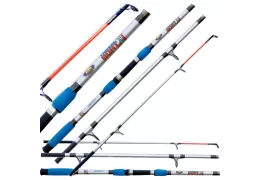
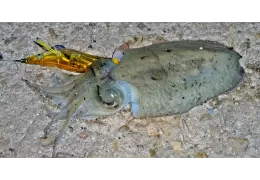
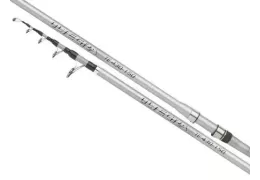
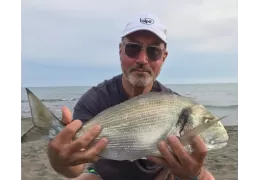


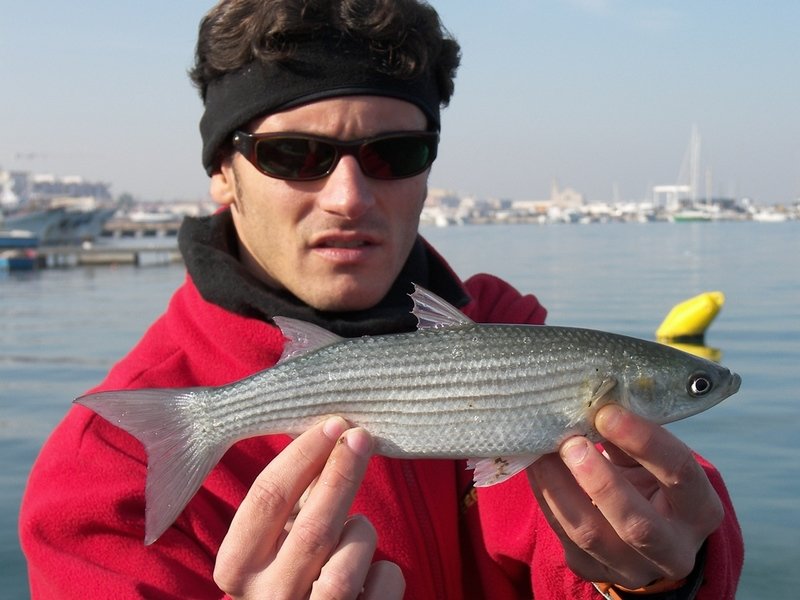
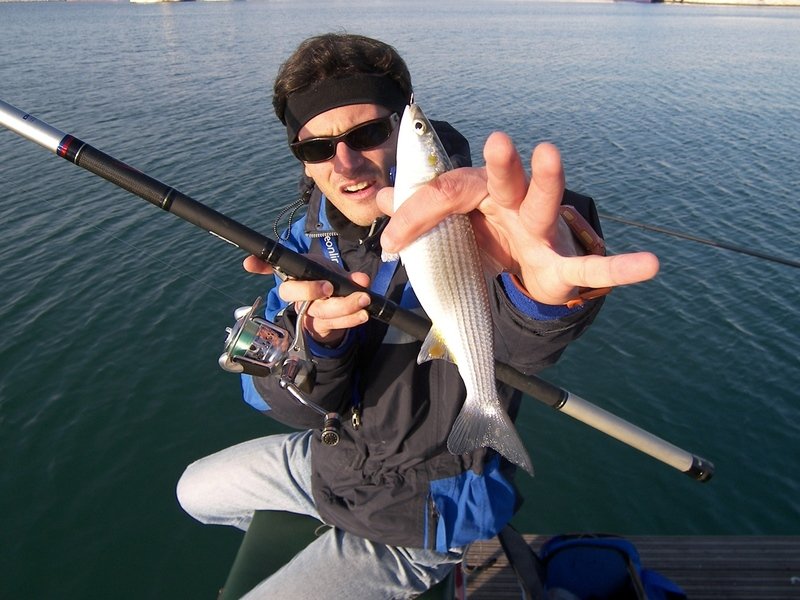
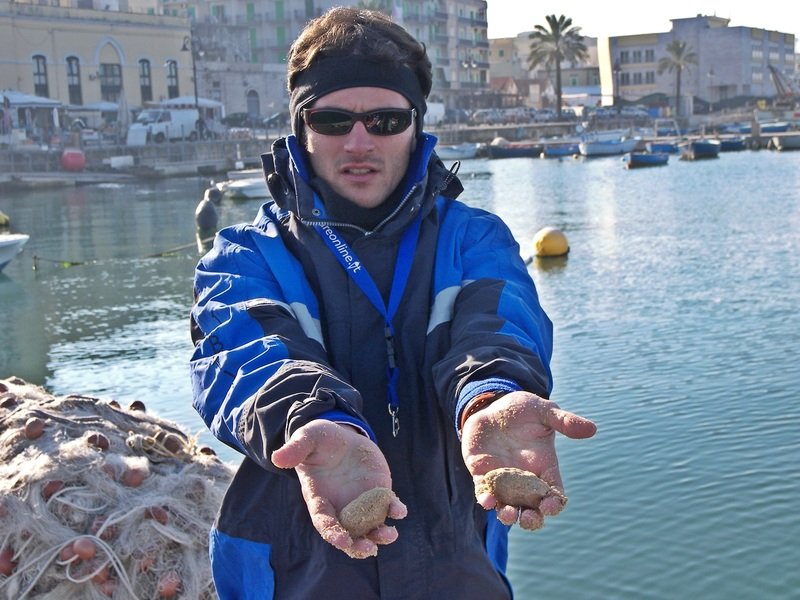
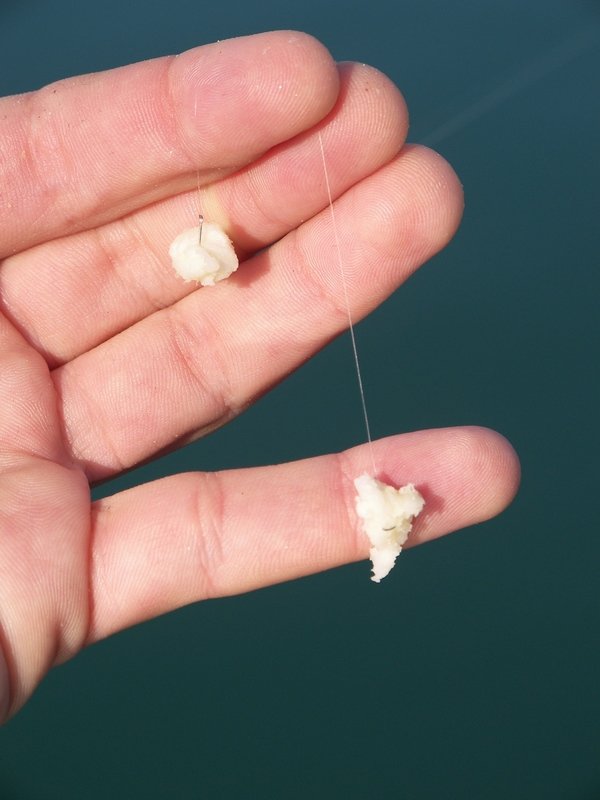
Leave a comment
Log in to post comments